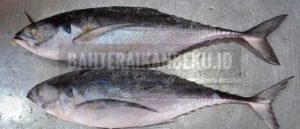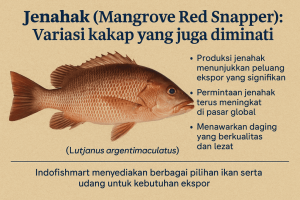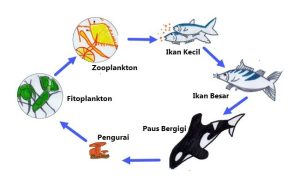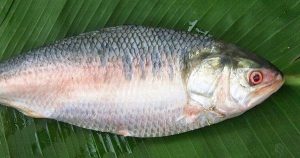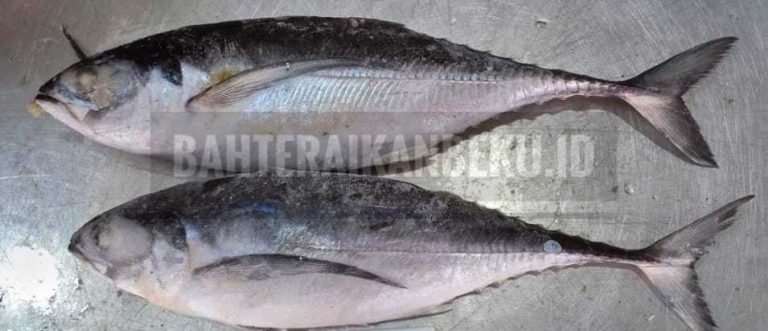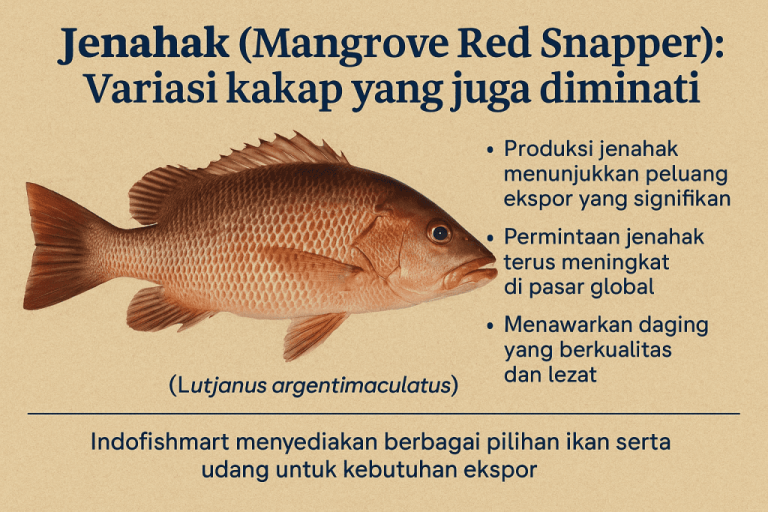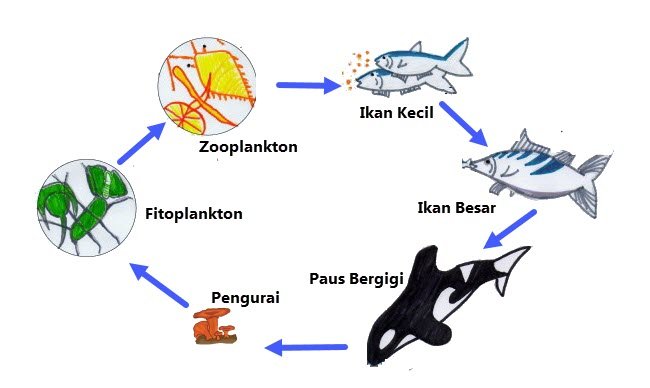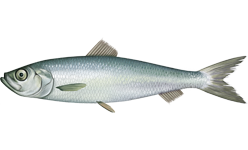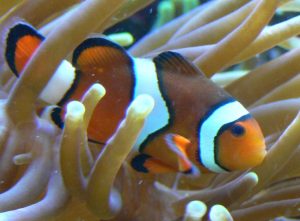Herring, scientifically known as Clupea harengus, is a small, pelagic fish species that plays a vital role in marine ecosystems and global fisheries. Renowned for its schooling behavior and widespread presence in temperate waters, herring has been a staple in human diets for centuries and remains an important commercial species today. As a key component of oceanic food chains, herring supports a diverse array of predators, from larger fish to seabirds and marine mammals. This article explores the various aspects of herring, including its physical traits, habitat, ecological significance, reproductive strategies, nutritional value, fishing practices, economic impact, and conservation challenges. Understanding these facets is essential for sustainable management and preservation of this iconic marine fish.
Physical Characteristics and Identification of Herring Fish
Herring are small, streamlined fish typically measuring between 20 to 40 centimeters in length, though some specimens may grow slightly larger. They possess a slender, elongated body covered in smooth, silvery scales that reflect light, aiding in camouflage within the open ocean. Their coloration is predominantly silver, with a darker dorsal side and a lighter ventral surface, which helps them evade predators through counter-shading. Herring have a single dorsal fin positioned midway along their back, along with a forked tail fin that enhances their swimming efficiency. Their lateral line, a sensory organ running along the side of their body, detects vibrations and movements in the water. Identification of herring is also aided by their relatively large eyes, which support their schooling behavior and quick reflexes in the open sea.
The fish’s head features a pointed snout, and they have a small mouth equipped with fine teeth suited for filter feeding on plankton and small invertebrates. The gill covers are smooth, and their scales are easily shed when handled. Herring are often distinguished from similar species by their size, shape, and coloration patterns, as well as by their distinctive silver sheen. Juvenile herring, called "herring fry," are much smaller and lack the full silver coloration of adults. This physical make-up allows herring to navigate the pelagic zones of the ocean efficiently, maintaining their position within large schools that serve as a primary defense mechanism against predators.
Habitat and Distribution of Herring in Marine Environments
Herring predominantly inhabit the pelagic zones of the North Atlantic and North Pacific Oceans, though their range extends to the Baltic Sea, the Black Sea, and parts of the Arctic Ocean. They are highly adaptable and can be found at various depths, from surface waters to mid-water layers, typically ranging between 20 and 200 meters deep. These fish prefer cold to temperate waters, thriving in regions with abundant plankton, which constitutes their primary food source. Herring tend to congregate in large schools, sometimes numbering in the hundreds of thousands, which can span several kilometers and provide safety from predators while facilitating feeding and reproductive activities.
The distribution of herring is influenced by water temperature, salinity, and food availability. They are often associated with coastal areas, estuaries, and continental shelves, where nutrient-rich waters support high plankton densities. Seasonal migrations are common, as herring move to spawning grounds during breeding seasons and to feeding grounds to maximize food intake. Their presence in both shallow and deeper waters makes them a versatile species within marine ecosystems. Human activities such as fishing, pollution, and habitat alteration can impact their distribution, but overall, herring maintain a broad and resilient presence in their native habitats.
The Role of Herring in Ocean Ecosystems and Food Chains
Herring occupy a crucial position within marine food webs, serving as a primary forage species for a wide array of predators. Their abundance and schooling behavior make them an efficient energy transfer point between microscopic plankton and larger marine animals. Many commercially important fish species, such as cod, mackerel, and salmon, rely heavily on herring as a key component of their diet. Seabirds, including gulls and puffins, also depend on herring as a vital food resource, especially during breeding seasons when they feed their chicks. Marine mammals such as whales, dolphins, and seals actively hunt herring, recognizing their high nutritional value and large schools as abundant prey.
In addition to their role as prey, herring influence the health of ocean ecosystems through their feeding and reproductive behaviors. By consuming plankton, they help regulate the populations of small invertebrates and maintain the balance of phytoplankton and zooplankton communities. Their spawning activities contribute to nutrient cycling in coastal and nearshore environments, enriching the sediment and water with organic material. Herring also serve as bioindicators of ocean health, with fluctuations in their populations often reflecting changes in environmental conditions, such as water quality and climate variability. Overall, herring are integral to the stability and productivity of marine ecosystems, supporting biodiversity and ecological resilience.
Life Cycle and Reproductive Behavior of Herring Fish
The life cycle of herring involves several distinct stages, beginning with spawning in the late winter or early spring. During spawning, adult herring migrate to shallow coastal areas, estuaries, or rocky substrates where they release eggs into the water. Females can produce thousands to hundreds of thousands of eggs, which are adhesive and attach to underwater vegetation, rocks, or the seabed. Fertilization occurs externally, with males releasing sperm over the eggs. The eggs hatch after a period of incubation that varies with water temperature, typically within a week to ten days.
Juvenile herring, known as "fry," emerge from the eggs and begin feeding on plankton. They grow rapidly, reaching sexual maturity at around two to three years of age. Herring are known for their annual schooling behavior, which provides protection and facilitates feeding. Their lifespan generally ranges from 7 to 12 years, depending on environmental conditions and predation pressures. During their life cycle, herring undergo several migrations between feeding and spawning grounds, often traveling great distances. Their reproductive success is influenced by water temperature, food availability, and the presence of predators, making their reproductive behavior a key factor in population dynamics.
Nutritional Benefits and Culinary Uses of Herring
Herring is valued worldwide for its rich nutritional profile, offering a significant source of omega-3 fatty acids, high-quality protein, vitamins, and minerals. Its oily flesh is considered beneficial for cardiovascular health, brain function, and anti-inflammatory properties. The fish is naturally high in vitamin D, selenium, and B-vitamins, contributing to overall health and wellness. Due to its nutritional density, herring has been a dietary staple in many coastal communities for centuries, often preserved through traditional methods such as pickling, smoking, or salting.
Culinary preparations of herring vary widely across cultures. In Scandinavian countries, pickled herring is a popular dish served with bread, potatoes, and sour cream. In the Netherlands and Germany, smoked and salted herring are commonly enjoyed as snacks or part of traditional meals. In Japan, herring is used in various sushi dishes and grilled preparations. Fresh herring can also be pan-fried, baked, or incorporated into stews and salads. Its versatility, combined with its nutritional benefits, makes herring a valued ingredient in diverse culinary traditions, especially in regions where it is abundant and sustainably harvested.
Fishing Methods and Sustainability of Herring Harvesting
Herring is primarily harvested using purse seine nets, which efficiently capture large schools of fish with minimal bycatch. This method involves encircling a school of herring with a large net and drawing it closed at the bottom, allowing for mass collection. Other techniques include gillnetting and trawling, though purse seining remains the most common due to its efficiency and lower environmental impact when properly managed. These fishing methods enable fleets to harvest herring on a commercial scale, supporting global markets and local industries.
Sustainable management of herring stocks is critical to prevent overfishing and ensure long-term availability. International organizations, such as the International Council for the Exploration of the Sea (ICES), set catch limits based on scientific assessments of stock health. Quotas and seasonal restrictions are often implemented to allow herring populations to replenish. Efforts are also made to reduce bycatch of non-target species and minimize habitat disturbance. Despite these measures, challenges persist due to fluctuating population sizes driven by environmental factors and climate change, which necessitate adaptive management strategies to maintain stock resilience.
Economic Importance of Herring in Global Fisheries
Herring holds significant economic value, particularly in countries bordering the North Atlantic and North Pacific Oceans. It is a cornerstone species for commercial fisheries, supporting millions of livelihoods through fishing, processing, and distribution industries. The fish is processed into various products, including salted, smoked, pickled, and frozen herring, which are exported worldwide. Its role in fishmeal and fish oil production also contributes to the global aquaculture industry, providing essential nutrients for farmed fish and livestock.
Markets for herring are driven by consumer demand for nutritious and affordable seafood options. In addition to direct consumption, herring is a key ingredient in traditional dishes and food products in many cultures. The economic importance of herring extends beyond fishing, influencing regional economies, employment, and trade balances. As a renewable resource, sustainable herring fisheries are vital for maintaining these economic benefits while protecting marine biodiversity. The continued viability of herring fisheries depends on effective management, scientific research, and responsible harvesting practices.
Conservation Challenges Facing Herring Populations
Herring populations face numerous conservation challenges, including overfishing, habitat degradation, pollution, and climate change. Overfishing can lead to stock declines, disrupting ecological balance and reducing the fish’s availability for commercial use. Pollution from industrial, agricultural, and urban sources can contaminate waters and affect herring health and reproductive success. Habitat loss, particularly in spawning and nursery areas due to coastal development and pollution, further threatens their populations.
Climate change impacts, such as rising sea temperatures and ocean acidification, alter the distribution, migration patterns, and reproductive cycles of herring. These

